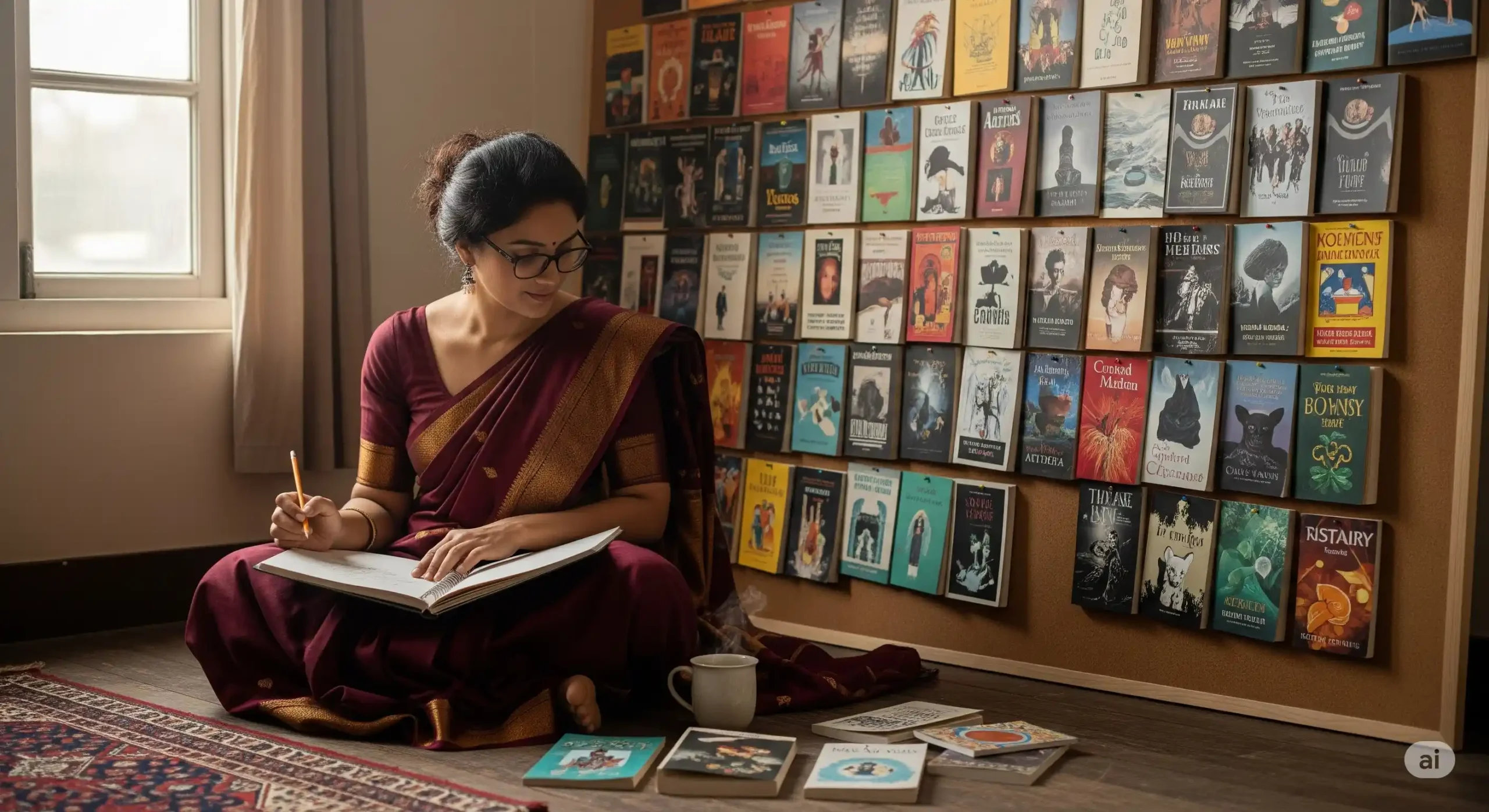Understanding Image Sizes & Resolution
The basic unit of an image is the pixel (px), and images are labeled by width × height, e.g. 416 px × 200 px. In physical units like inches, on a typical Windows screen (96 PPI), 416 px appears as ~4.33 inches.
When printing, you need at least 300 PPI (or DPI) for clarity — anything lower may appear grainy.

Resolution vs DPI (PPI)
DPI is technically a printer property, while PPI refers to image resolution. However, DPI is often used interchangeably to mean PPI. At Pustakvani, when we say 300 DPI, we mean 300 pixels per inch.
Calculating Image Pixel Dimensions
To create a 5″ × 7″ cover at 300 PPI:
Width = 5 × 300 = 1500 px
Height = 7 × 300 = 2100 px
A 750 × 1050 px image will only print at 150 DPI — it may look sharp on screen, but poor in print.

Designing the Full Cover Layout
A printed book cover includes:
- Back cover (left)
- Spine (center) – width depends on page count
- Front cover (right)
Arrange the design as back → spine → front, unless you’re designing in an RTL language context.


How to Set Resolution in Graphics Tools
Photoshop: When creating a new canvas, set Resolution to 300 pixels/inch and enter dimensions based on your calculated cover size.
GIMP: Enable Advanced Options and set both X and Y resolution to 300 pixels/inch before defining width/height.
Most other tools follow similar setup logic—just ensure the resolution is set correctly from the start. You cannot upscale a low-resolution image later.
Optional: What Really is DPI?
DPI measures printer dot density, not image resolution. But since the terms are often used interchangeably, for cover design, you can safely consider DPI and PPI equivalent at Pustakvani.




